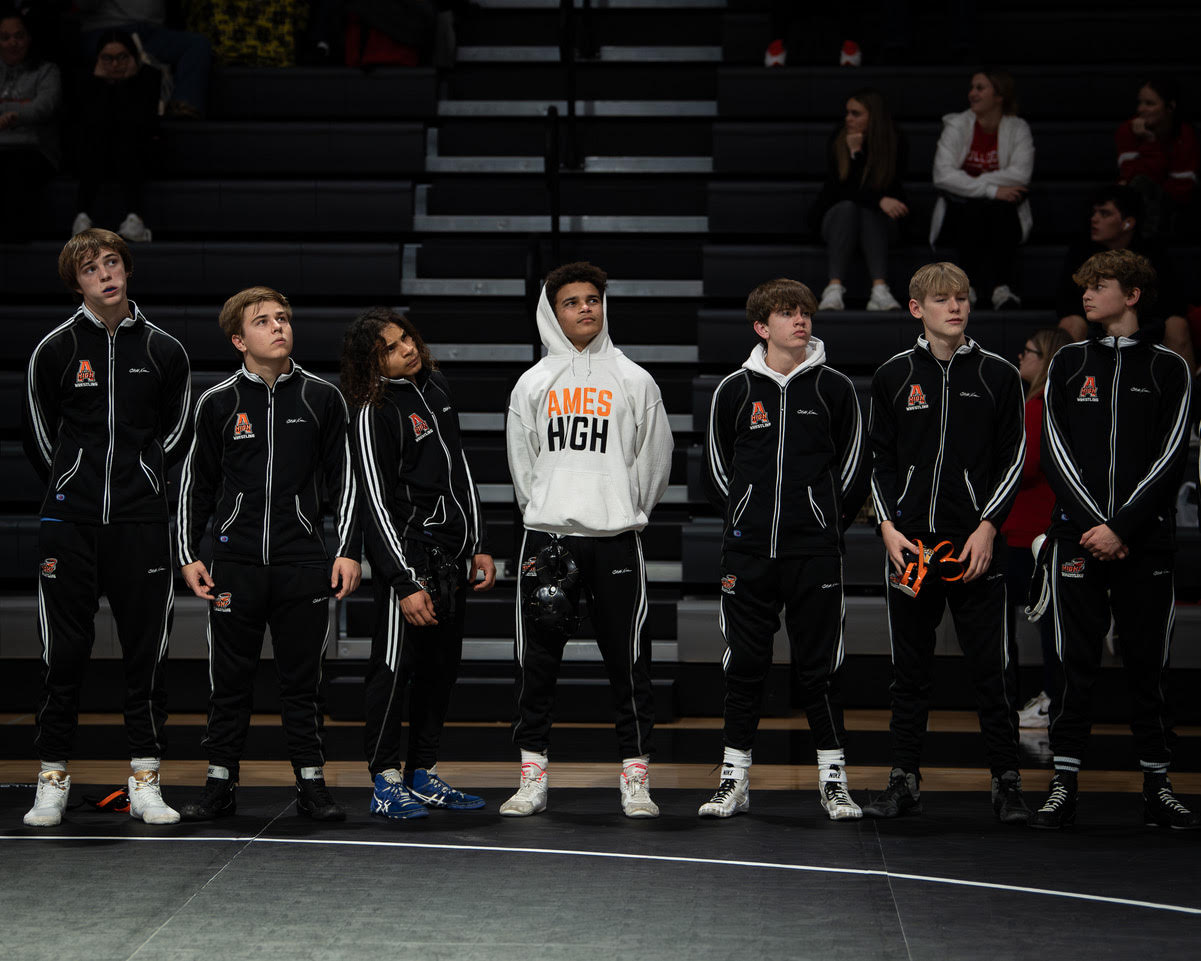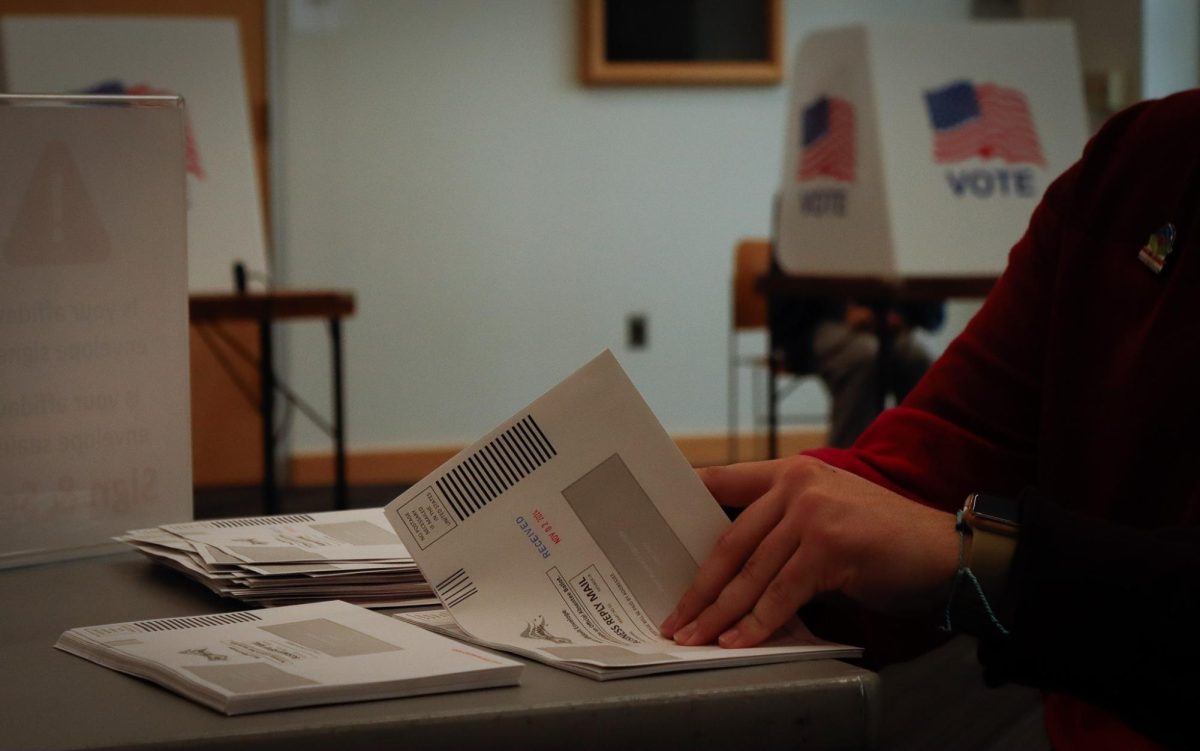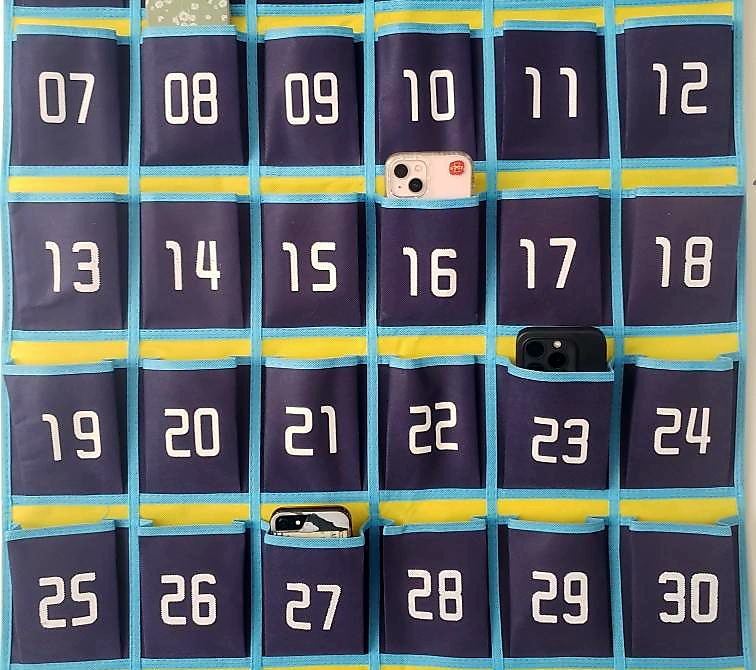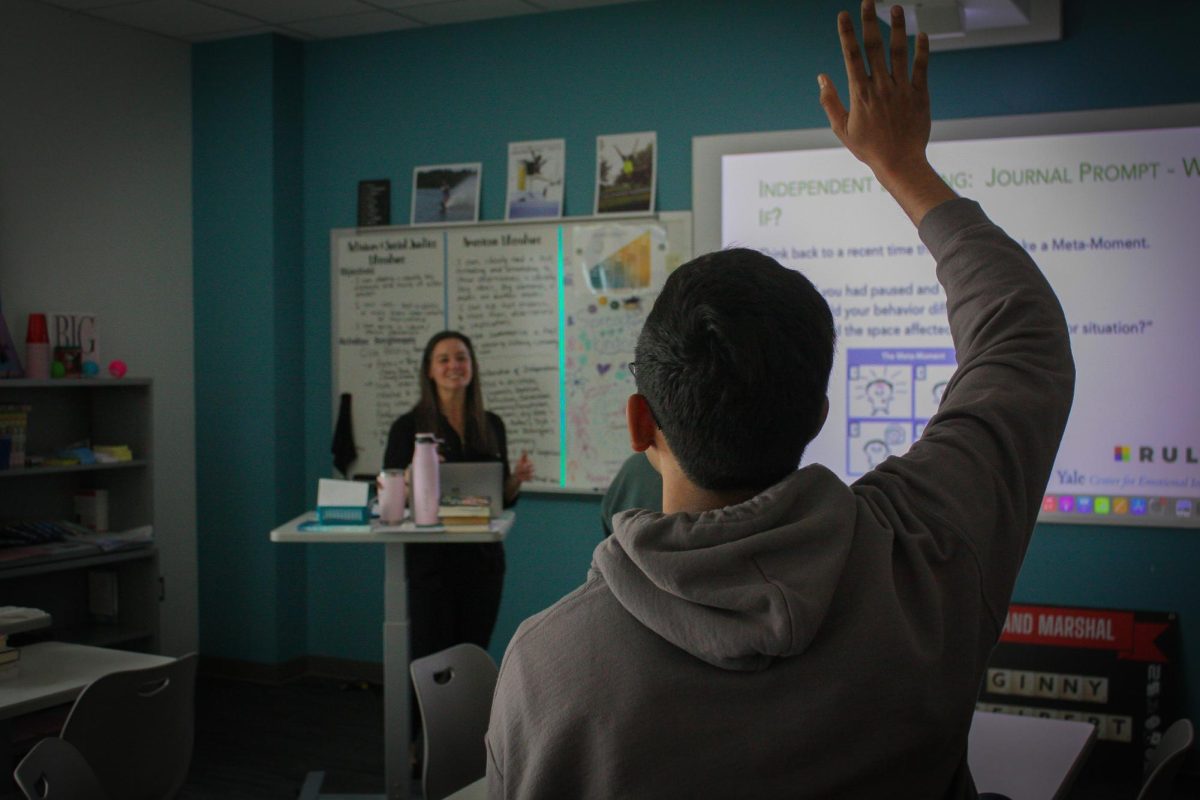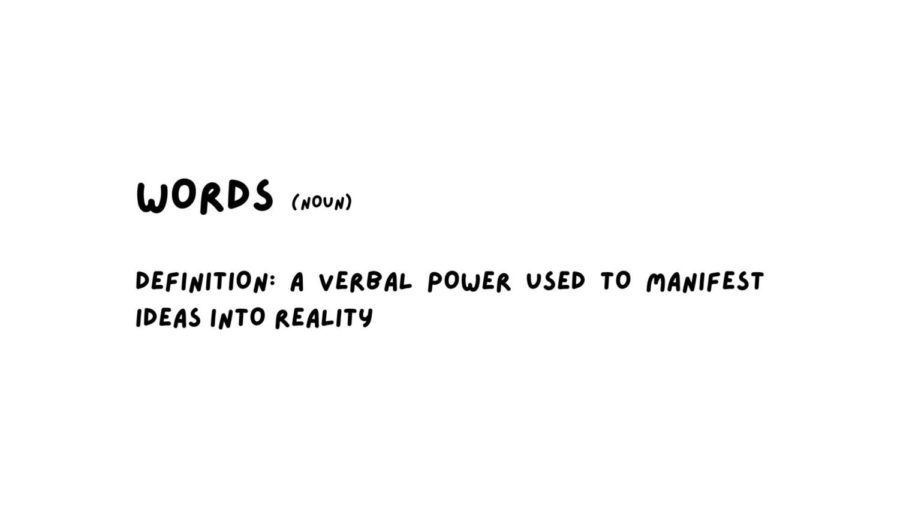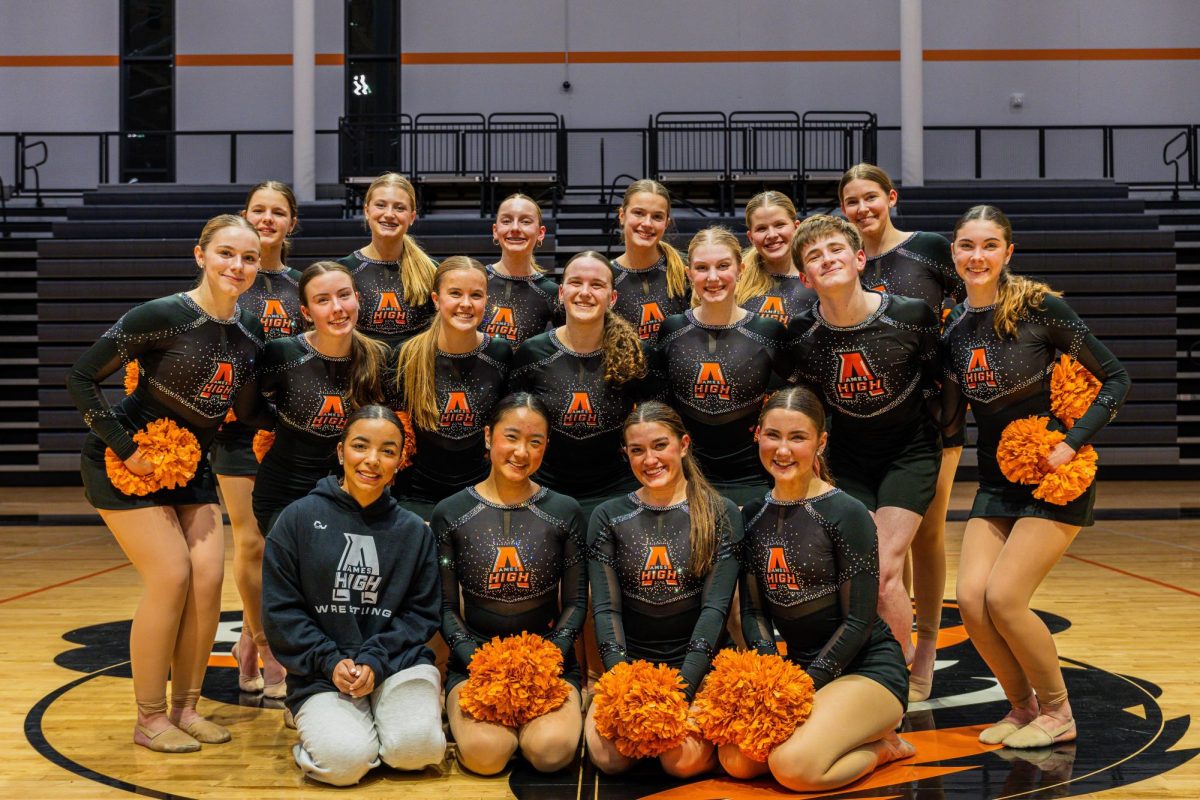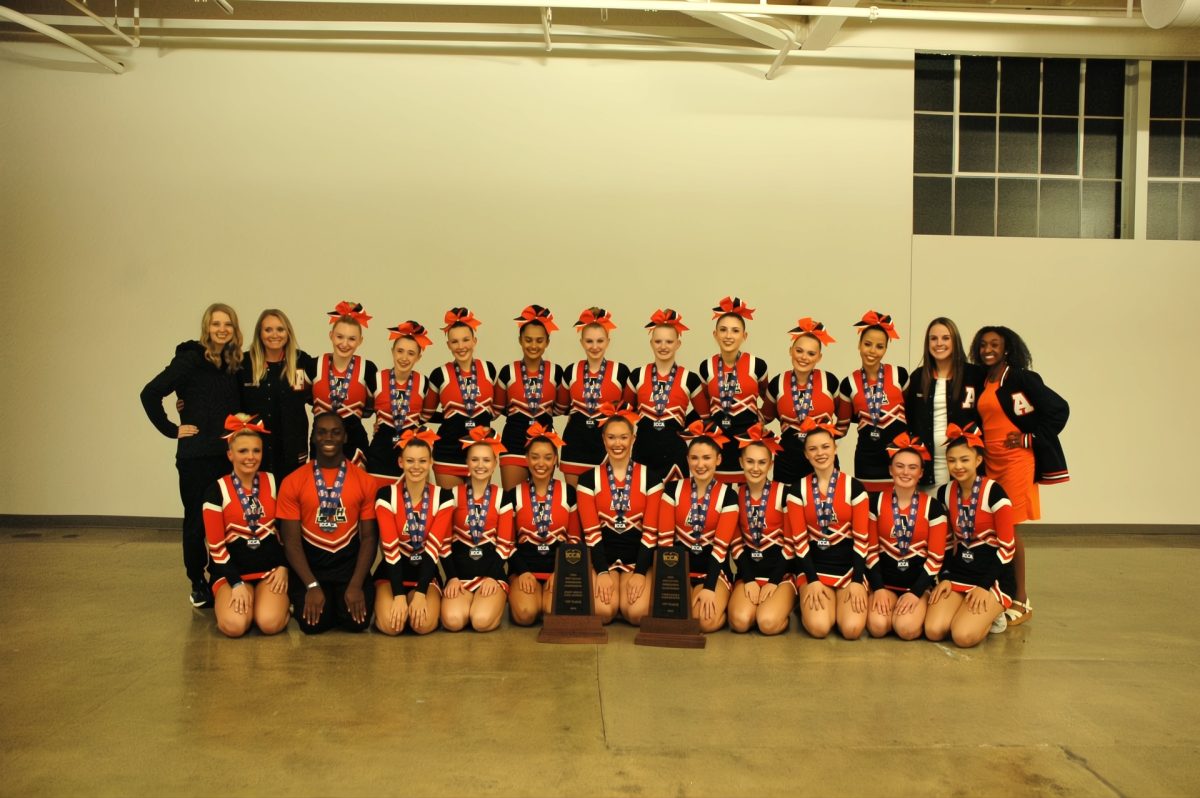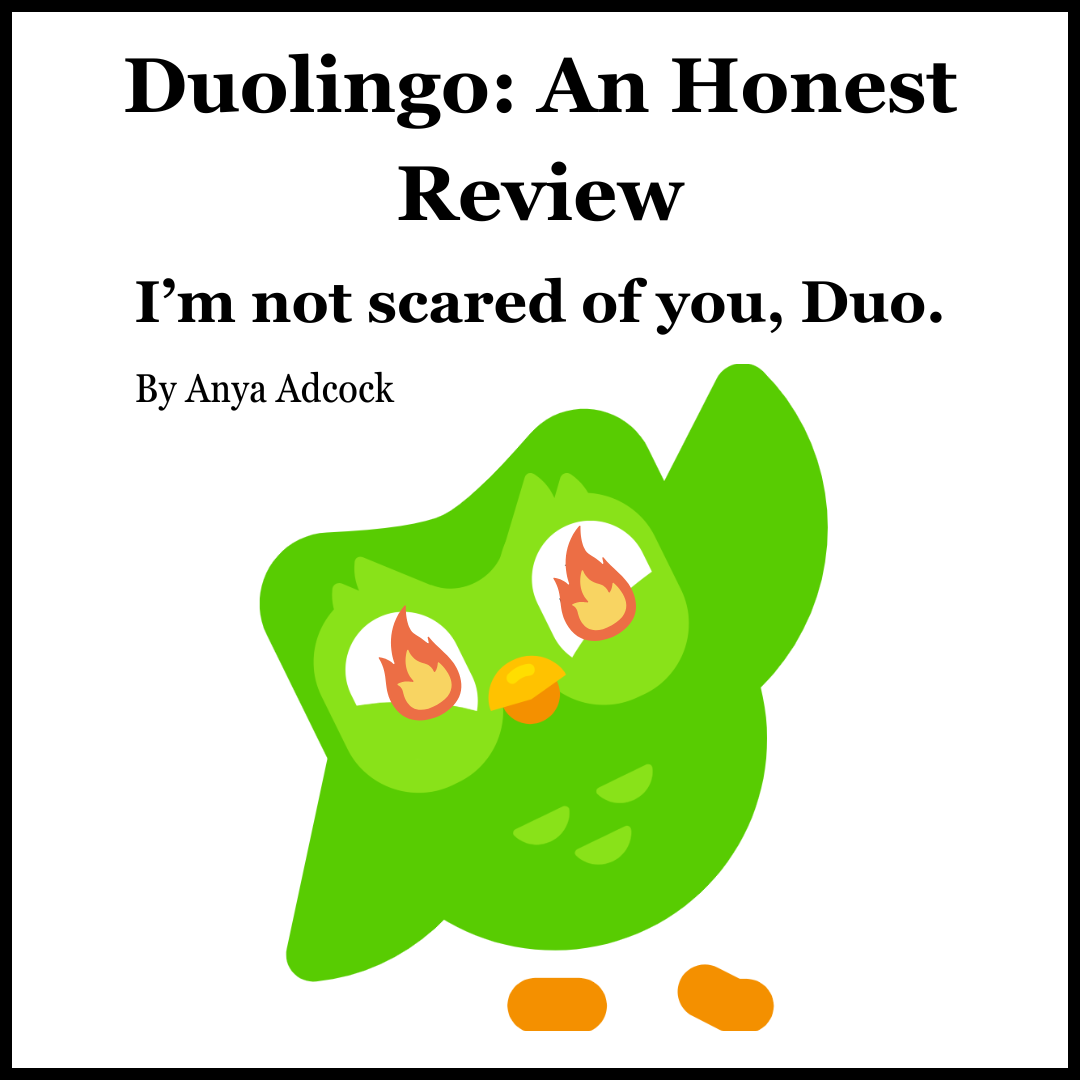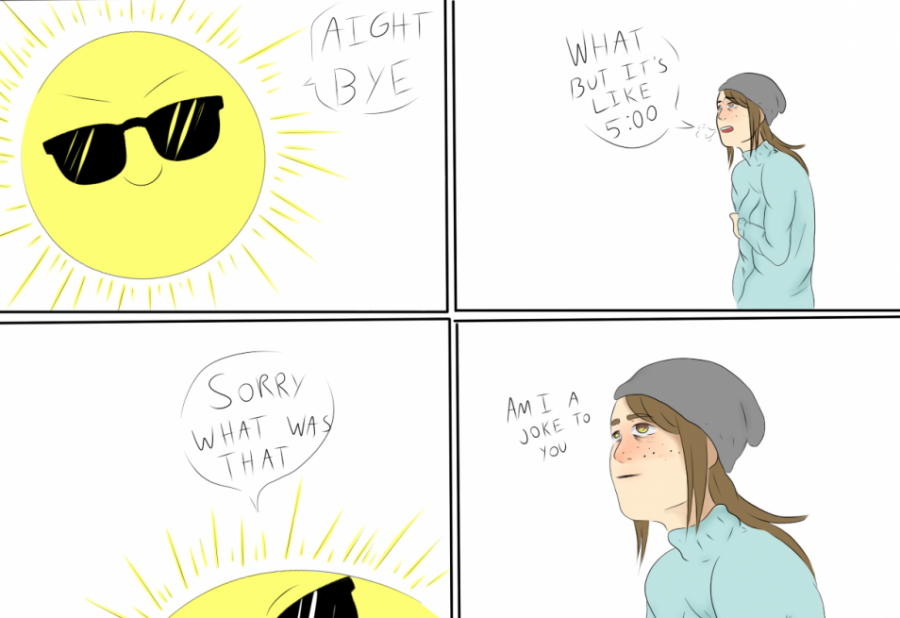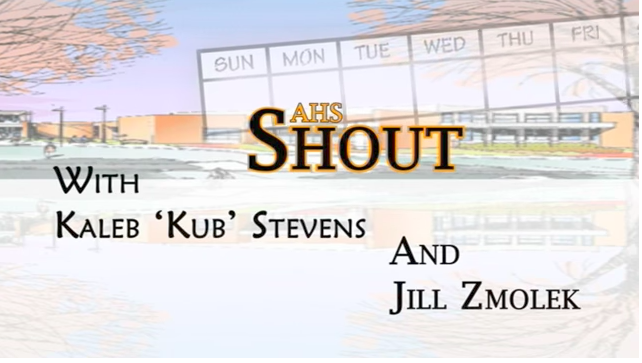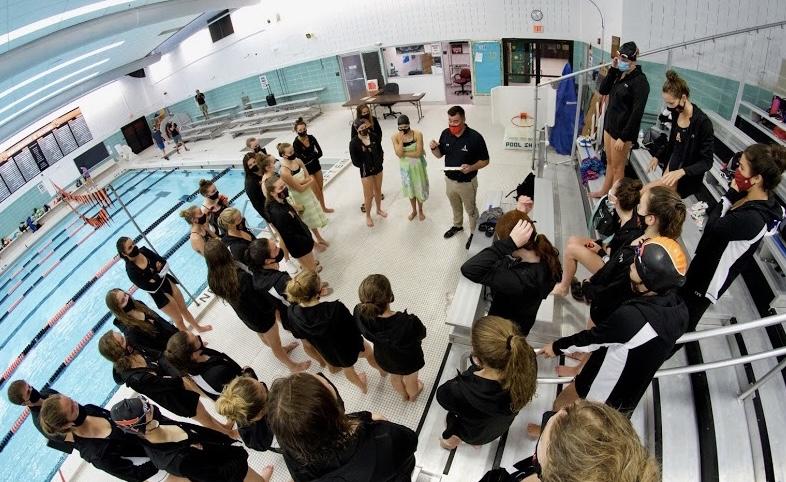Learning cursive was a waste of my time. Let me give you the low-down on how I reached this epiphanic conclusion. The story starts a few weeks ago. I established an account on ihaveaplaniowa.gov that categorized me by my interests and priorities. You see, as a high school student, I constantly need to be aware of the impressive skills that are in my repertoire. After creating the account, I finally felt complete; the website knew me better than I ever knew myself! I had no idea that I had such ambitions to be a skin care specialist or a male model until ihaveaplaniowa.gov told me I did! With my skills finally out in the open, the career options are endless. I would like to call this the point of realization. Now that I am aware of my useful skills, at any given moment I can whip one out, like Inspector Gadget making use of his dependable Helicopter Hat. But with increased awareness of useful talents, comes increased awareness of the crap that I am able to do but won’t help me at all in my life. At number one on this list: writing in cursive. Mostly, I am mad about being lied to in my early school years. According to my teachers, I would use cursive a lot, so it was VERY important to be good at it. In actuality, I could count on my fingers the number of times I’ve had to use cursive in high school, with the exception of my signature. (Indeed, my signature is really a manuscript/cursive hybrid, as cursive "S" is a terrible, ugly letter.) As my school-age years have gone by, I have thrown out the window both writing in cursive and the notion that girls have cooties (well, most don’t). My number one pet peeve about cursive is that it is much slower to read than manuscript. In the fast-paced world we live in, I don’t have the time to try to decipher a "u" from a "v" from a "w." There’s a reason why newspapers and books are not printed in cursive; they would be very inefficient to read! Elementary school educators should spend more time with the norm al, useful alphabet that students will actually use in real life. Later on in life, if someone decides they would like to be able to read the names of the entrées on fancy restaurant menus, they could take a week or two to learn all of the cursive letters on their own. Another possibility is having a one-semester cursive class offered in high school. If there is a dying need to teach something in elementary school language classes other than normal manuscript handwriting, how about giving kids an early start at a foreign language, such as Spanish? This would help them later on, with many colleges having foreign language requirements for entrance. Also, is there any place in the world that a student will ever travel that is only populated by cursive-speaking people? After much thinking, I can think of three things that cursive could actually be useful for. At number one is giving someone a headache. The second is using it in a fancy-schmancy signature. I can stand writing or reading the two words of a name in cursive without getting too ticked off. Finally, you might want to use cursive if you were declaring your independence from a country, and your name was Thomas Jefferson. So, here is a message to educators: please spare kids the pain of learning this ridiculous and virtually useless writing form. Elementary schools need to stop teaching cursive and start focusing more teaching time on things that will actually be useful to students in the future, such as the development of computer keyboarding skills. Priorities need to be reexamined. A focus on improving students’ grammar, spelling, and basic writing skills is a much more relevant path for grade school English classes to take than forcing pupils to write in loopy, connected lettering.
Categories:
Cursive: illegible, illogical, and should be illegal
Sam Ennis
•
April 30, 2010
Story continues below advertisement
0
Donate to The WEB
$125
$450
Contributed
Our Goal
Your donation will support the student journalists of Ames High School, and Iowa needs student journalists. Your contribution will allow us to cover our annual website hosting costs.








